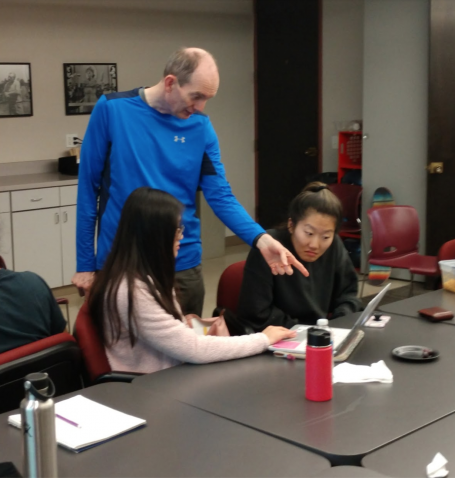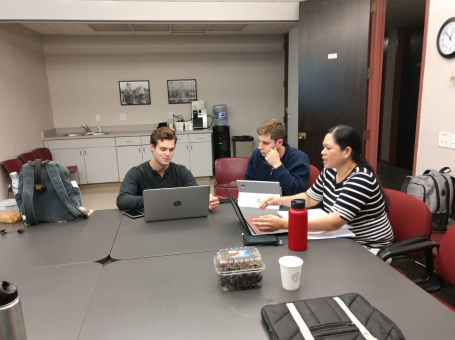Connor Chapkis & Eric Ye
One of the biggest concerns before any trip is preparation.
For some of us that meant getting the right vaccines because going to a drastically different place will expose us to new kinds of pathogens. Thankfully, we have the Engemann Student Health Center and its Travel Clinic. Aside from vaccines, we also needed to prepare other things. What did we need to prepare? Thankfully, Professor Sheehan gave us a handy dandy note sheet.
Today’s lecture was quite exciting. We went over a lot, squeezing several hundred years of world history into a couple hours. During that period, we learned about how early trade networks displayed some of the characteristics of globalization. We then covered some important geography to form a conceptual map of what’s evolving in the world.
We started around the middle of the Ming Dynasty. After a significant discussion of the life and political career of a palace servant, Zheng He, including how a eunuch acquires his title and why emperors preferred eunuchs to normal slaves, we discussed the other “great” explorer of this century: Christopher Columbus.
After a brief history about Columbus and why he was able to make it to the new world, Professor Sheehan taught about Columbus’s legacy… the Columbian Exchange. Most of us already knew that the exchange spread “Guns, Germs, and Steel,” to completely misquote Jared Diamond. However, what was extremely important about the Columbian exchange was its scale. There were small scale trade networks that were mostly regional (but when a product goes through multiple regional trade networks, it might go pretty far), but the Columbian exchange started globalization at an unprecedented scale.
At this point, Professor Sheehan led a discussion on whether we thought that the Columbian exchange resulted in globalism, and if it did facilitate globalism, what we thought the elements of globalism were.
After concluding his lecture, he diagnosed how much we understood the symptoms of globalism by presenting us an ad from the WeChat website’s splash screen. Then, our good professor had us form research groups. We began by narrowing down our broad ideas of what we might want to research in China. Each group began to write down research questions that will help us gather relevant evidence and form our eventual theses.
So far, the groups are focusing on feminine hygiene products, frozen treats, beer, eye cream, and storefront layouts. We’re all excited to get a better idea of what lies ahead once we land in Beijing! Here are some pictures of our research groups at work.




